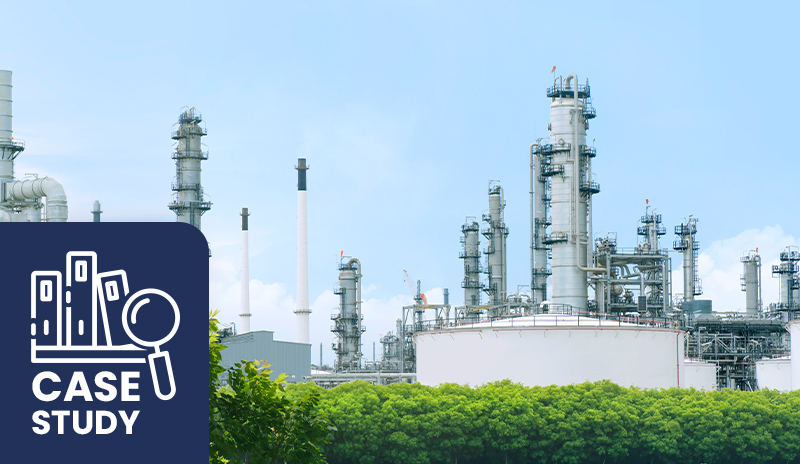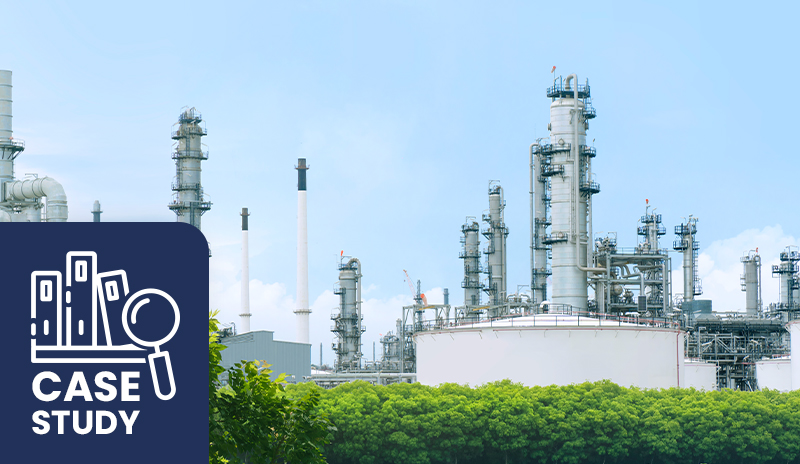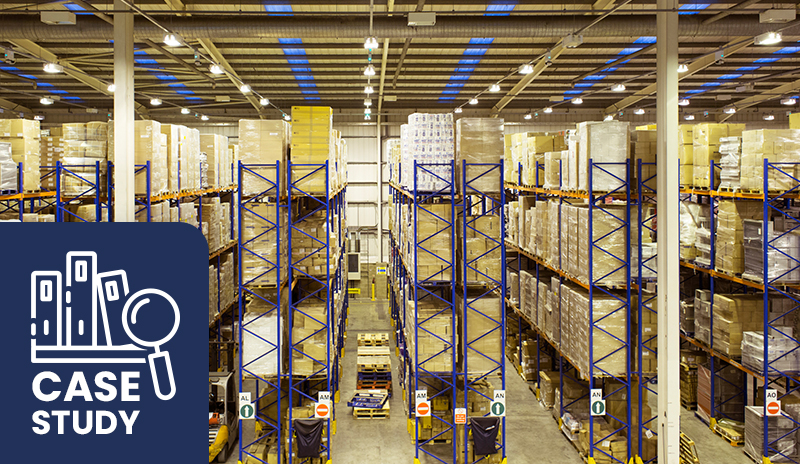
The Brief
Solution: Elcomponent’s SPC Pro2 Portable Energy Data Logger
To meet the client’s needs, Elcomponent supplied its SPC Pro2 portable three-phase energy data loggers. This solution aligned perfectly with the client’s operational and sustainability needs.
Key Features of the SPC Pro2:
- Ease of Use: Requires only a single voltage input via a standard wall socket for voltage reference and power, eliminating the need for complex electrical connections.
- Safe Operation: Utilises fully isolated flexible hoop-type current transformers (CTs), ensuring safe use by non-electrical personnel.
- Design: Compact and lightweight with a high-impact ABS case and magnetic feet for secure attachment to ferrous surfaces.
- Large Memory Capacity: Stores up to 200,000 records, supporting surveys up to 12 weeks in duration.
- Flexible Data Download: Offers USB flash drive interface for cable-free data transfer, or direct connection to a PC via USB cable.
- Advanced Software: Includes PowerPackPro software for detailed analysis and reporting.
Implementation
The SPC Pro2 devices were deployed across service centres in the UK, Ireland, Benelux, and Spain. These instruments became a foundational component of the client’s “Measure to Manage” programme, an initiative designed to collect accurate and detailed data on the energy use of machinery and processes.
Through easy installation and safe operation, staff were able to monitor energy consumption without the need for specialist training. The data gathered was then analysed using Elcomponent’s PowerPackPro software, providing valuable insights into energy usage trends and helping the client to identify areas for improvement.
Results
- Enhanced Energy Visibility: Gained detailed insights into machinery-level and site-wide energy consumption across multiple European sites.
- Improved Operational Efficiency: Identified and addressed areas of high energy usage, leading to optimised operations.
- Reduced Carbon Footprint: Implemented targeted energy management strategies, resulting in a measurable decrease in environmental impact.
Why the SPC Pro2 Was the Right Fit:
- Low total cost of ownership
- High usability for non-technical staff
- Scalable across multiple sites and countries
- Reliable and accurate performance across diverse electrical loads









